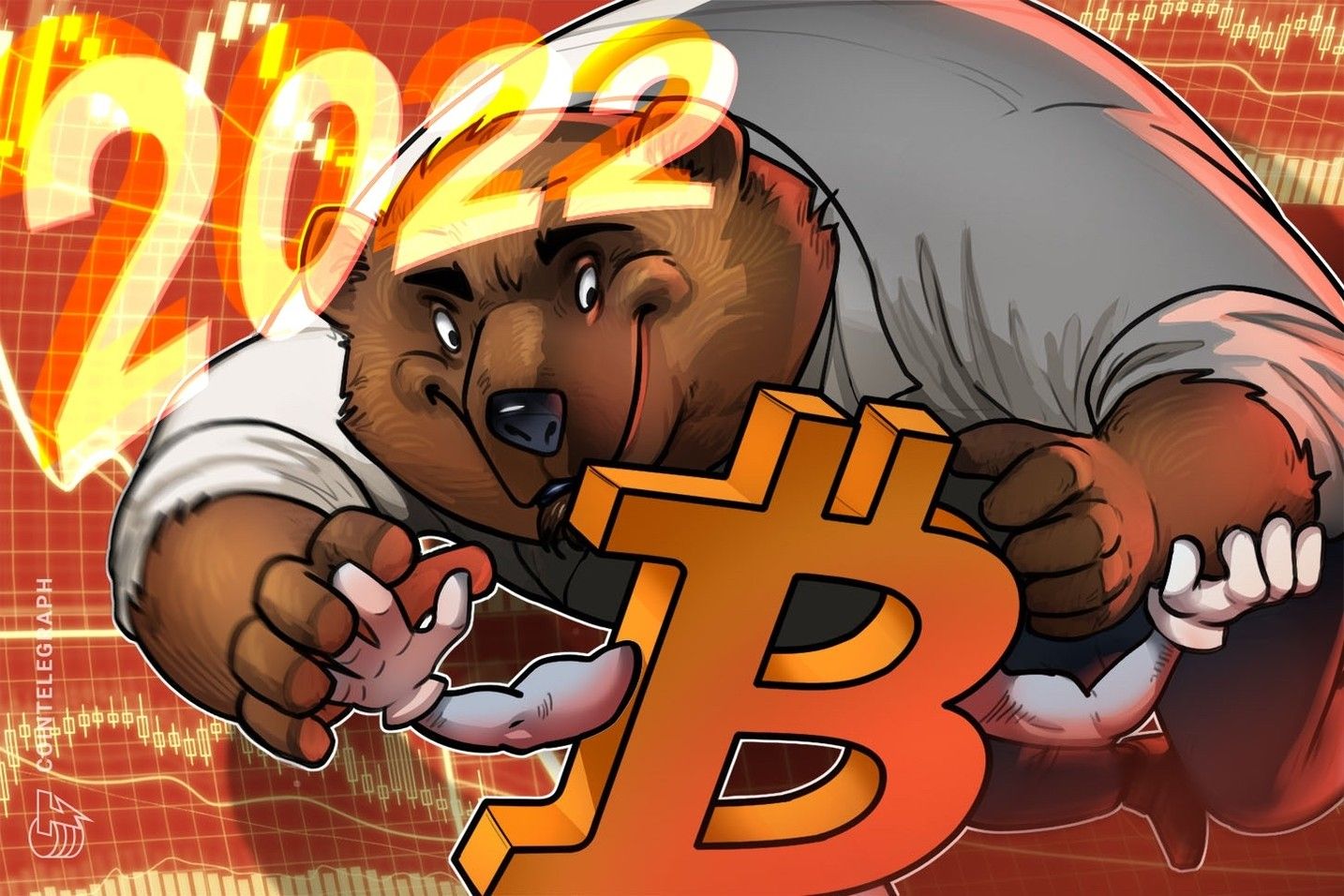The DOGE ETF Revolution: How Institutional Adoption and Meme Stock Momentum Are Reshaping Retail-Driven Crypto Assets
- Dogecoin (DOGE) transitions from meme coin to institutional asset in 2025, driven by $500M+ allocations and CFTC commodity reclassification. - Institutional infrastructure matures with green energy mining, custody platforms, and ESG-aligned solutions addressing volatility concerns. - Retail momentum fuels DOGE's rise via 11.2B social views and whale accumulations, while 3,000+ businesses adopt it for low-cost transactions. - 21Shares' DOGE ETF (0.25% fee) faces 80% approval odds by 2026, potentially unlo
In 2025, Dogecoin (DOGE) stands at the crossroads of retail fervor and institutional pragmatism. What began as a joke—a Shiba Inu dog with a “free for all” ethos—has evolved into a serious contender in the institutional investment landscape. The convergence of meme stock momentum and institutional adoption is not just reshaping DOGE's narrative but redefining the criteria for crypto assets to qualify as ETF components. This article unpacks how these forces are creating a new paradigm for digital assets, with DOGE at the forefront.
Institutional Adoption: From Skepticism to Strategic Allocation
The institutionalization of DOGE has been catalyzed by a series of high-stakes moves. Bit Origin , a publicly traded firm, allocated $500 million to DOGE's treasury in July 2025, followed by an additional $100 million in follow-on purchases. This isn't the action of a speculative gambler—it's the calculus of a firm betting on DOGE's potential to hedge against macroeconomic volatility.
Regulatory tailwinds have further accelerated this shift. The Commodity Futures Trading Commission (CFTC) extended the CLARITY Act's favorable framework to altcoins like DOGE, reclassifying them as commodities. This move has reduced legal ambiguity, enabling banks to offer custody services and institutional investors to allocate capital with greater confidence. Meanwhile, the SEC's rescission of Staff Accounting Bulletin 121 in January 2025 has cleared the path for crypto custody solutions, a prerequisite for institutional participation.
The infrastructure supporting DOGE has also matured. Sophisticated custody platforms, advanced trading algorithms, and surveillance systems now mitigate risks once deemed insurmountable. For instance, Hyper Bit's 11 MW green energy-powered mining facility aligns with ESG principles, addressing institutional concerns about sustainability. These developments have transformed DOGE from a volatile meme coin into a strategic asset with institutional-grade infrastructure.
Meme Stock Momentum: Retail Enthusiasm as a Catalyst
While institutional capital provides the foundation, meme stock momentum has been the spark. The #dogecoin hashtag on TikTok and X (formerly Twitter) has amassed 11.2 billion views in Q2 2025, driven by influencers and viral campaigns. This social media frenzy mirrors the 2021 GameStop (GME) saga, where retail investors leveraged collective action to challenge market norms.
Whale activity has further amplified this momentum. Accumulations of 680 million to 2 billion DOGE since Q2 2025 have stabilized key price levels, reducing exchange liquidity by 12% and enhancing price resilience. These actions, combined with retail-driven buying during dips, have created a self-reinforcing cycle of demand.
Real-world utility is another driver. Over 3,000 businesses now accept DOGE, including Tesla and AMC , with low transaction fees ($0.0021) and 1-minute confirmations making it a practical choice for microtransactions. The Dogecoin Foundation's GigaWallet and RadioDoge initiatives have improved scalability, positioning DOGE as a viable solution for cross-border payments and tipping ecosystems.
The ETF as a Bridge: From Retail to Institutional Portfolios
The 21Shares Dogecoin ETF, currently under SEC review, represents the culmination of these forces. Structured as a physically-backed fund with a 1:1 DOGE reserve and a 0.25% management fee, it offers a regulated pathway for both retail and institutional investors. This model mirrors the success of Bitcoin ETFs, which attracted $156 billion in assets by August 2025.
Analysts project an 80% probability of DOGE ETF approval by January 2026, with a potential $1.2 billion inflow in the first month. If approved, the Grayscale GDOG ETF and Bitwise's 10 Crypto Index ETF—which includes DOGE—could replicate Bitcoin's ETF-driven price surge. The SEC's 240-day review period, while lengthy, ensures a thorough evaluation of risks, including market manipulation and custody protocols.
For investors, the implications are profound. A DOGE ETF would democratize access to a coin once dominated by retail traders, while institutional capital would provide liquidity and stability. This duality—retail-driven demand and institutional-grade infrastructure—creates a unique value proposition for ETFs.
Challenges and Considerations
Despite the optimism, challenges persist. The SEC's historical caution toward meme coins remains a wildcard, and DOGE's inflationary supply model (25% annual inflation) poses structural risks. Additionally, the asset's volatility—while a feature for retail traders—could deter conservative institutional investors.
However, the current trajectory suggests these hurdles are surmountable. The growing alignment between retail enthusiasm and institutional strategies, coupled with regulatory clarity, positions DOGE as a viable ETF component. For investors, the key is to balance exposure with diversification, treating DOGE ETFs as part of a broader crypto strategy rather than a standalone bet.
Conclusion: A New Era for Digital Assets
The DOGE ETF saga is more than a story about a meme coin—it's a case study in how retail and institutional forces can coexist and even amplify each other. As the line between “meme” and “mainstream” blurs, DOGE's journey highlights the evolving criteria for crypto assets to qualify as ETF components.
For investors, the takeaway is clear: the future of digital assets lies in their ability to bridge the gap between retail passion and institutional pragmatism. With DOGE ETFs on the horizon, the time to act is now—not in a speculative frenzy, but with a strategic, diversified approach that aligns with the evolving landscape of digital finance.
Disclaimer: The content of this article solely reflects the author's opinion and does not represent the platform in any capacity. This article is not intended to serve as a reference for making investment decisions.
You may also like
Bitcoin 2022 bear market correlation hits 98% as ETFs add $220M

Fed rate-cut bets surge: Can Bitcoin finally break $91K to go higher?

Crypto: Fundraising Explodes by +150% in One Year
